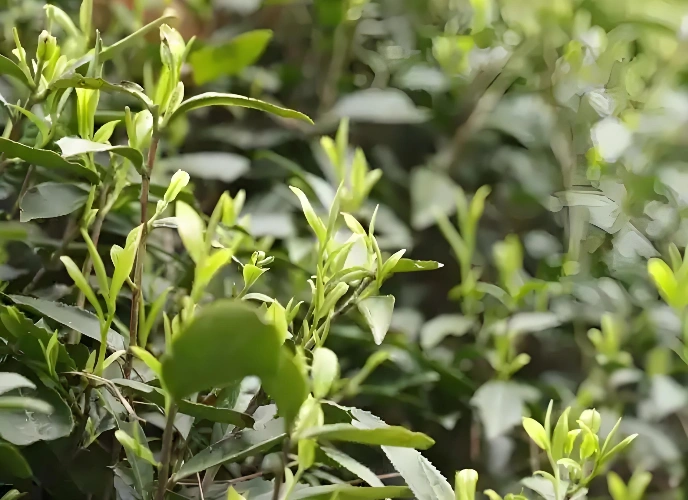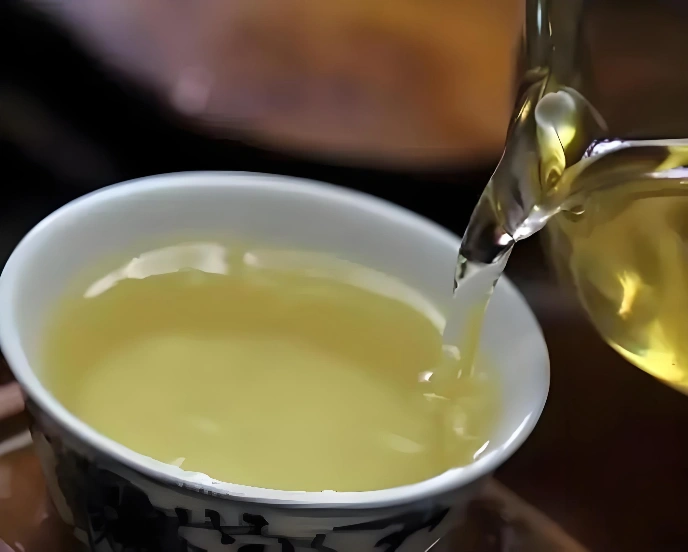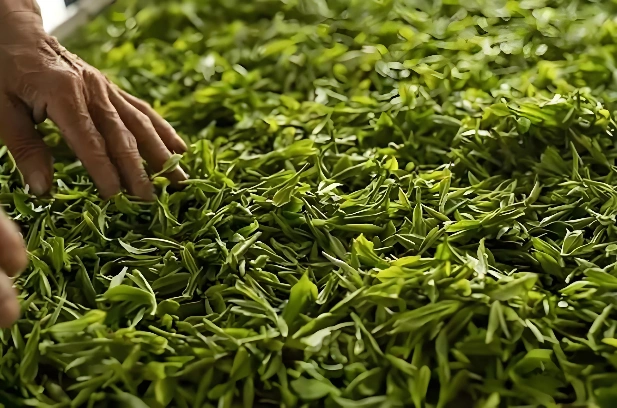White tea antioxidants present a sensory delight and a powerful defense against daily stressors. Picture yourself cradling a translucent, pale-golden cup, its delicate aroma stirring calm in your senses while inside, a legion of bioactive compounds rallies to protect your cells. From neutralizing free radicals to soothing inflammation, white tea’s antioxidant prowess offers a gentle yet potent path to radiant skin, a resilient immune system, and uplifted mood.
What Is White Tea?
White tea, the most delicately processed form of Camellia sinensis, is harvested just as buds unfurl in early spring. Unlike green or black tea, white tea undergoes only withering and light-air drying, preserving its fragile profile of catechins, polyphenols, and amino acids. This minimal processing grants white tea an ethereal sweetness, a silky mouthfeel, and a whisper of floral bouquet—qualities that make every sip feel like a moment of serene indulgence.

Key Antioxidant Compounds
White tea’s antioxidant strength lies in its concentrated array of bioactives:
- Epigallocatechin-3-gallate (EGCG). The star polyphenol in white tea, EGCG scavenges free radicals with remarkable efficiency, protecting cellular lipids and proteins from oxidative damage.
- Other Catechins & Polyphenols. Compounds such as epicatechin (EC), epigallocatechin (EGC), and epicatechin gallate (ECG) act synergistically to reinforce antioxidant defenses and inhibit pro-inflammatory pathways.
- Vitamins C & E. Essential co-antioxidants, these vitamins regenerate other antioxidants and support collagen synthesis for skin vitality.
A comprehensive review in Antioxidants highlights how EGCG and related catechins modulate oxidative stress and inflammation at the molecular level (see PMC9253650) — underscoring white tea’s role as a natural shield.
How Antioxidants Work
Antioxidants in white tea neutralize reactive oxygen species (ROS), preventing them from damaging DNA, proteins, and cell membranes. This action preserves cellular integrity, curbs chronic inflammation, and maintains optimal function across organs. By soothing oxidative stress, white tea antioxidants help your body withstand environmental assaults and metabolic challenges, creating a foundation for lasting vitality.

Health Benefits of White Tea Antioxidants
1. Skin Radiance & Aging Defense
White tea antioxidants protect collagen and elastin fibers, reducing fine lines and improving firmness. When you sip or apply topically, these compounds nourish skin from within and without—resulting in a luminous, youthful complexion that glows with health.
2. White Tea for Immune System Support
A robust immune system relies on balanced oxidative status. White tea’s EGCG and polyphenols enhance natural killer cell activity and modulate inflammatory cytokines, helping your body mount a swift, measured response to pathogens.
3. Cognitive & Mood Enhancement
Oxidative stress in the brain can impair cognition and mood. White tea antioxidants cross the blood–brain barrier, attenuating neuroinflammation and supporting neurotransmitter balance—so you stay sharp, focused, and emotionally resilient.
Secondary Benefits
- White Tea for Office Workers: Long hours under fluorescent lights and screen glare can accelerate oxidative damage. A midday cup of white tea antioxidants revitalizes your mind, reduces eye fatigue, and buffers stress hormones—keeping you calm and productive.
- Digestive Comfort & Detox: Gentle polyphenols encourage healthy gut flora and aid in detoxification. White tea’s soothing warmth and anti-inflammatory action can calm digestive discomfort and support liver function for a clean, balanced system.
Optimal Brewing & Dosage
- Water Temperature: Heat water to 75–85 °C (167–185 °F) to preserve delicate antioxidants and prevent bitterness.
- Steeping Time: 3–5 minutes; swirl leaves once at the midway point to release aroma and nutrients.
- Daily Serving: 2–4 cups of white tea antioxidants spaced throughout the day sustain a continuous flow of protective compounds.

🔗 To learn more about how to make tea, check out Tanbiwencha’s YouTube video explaining how to make tea.
Incorporating into Daily Life
- Morning Ritual: Begin with a cup of white tea antioxidants to gently wake your system—its floral notes unfold as you breathe deeply and set positive intentions.
- Afternoon Pick-Me-Up: Replace one coffee break with white tea to curb oxidative stress and maintain steady energy.
- Iced & Infused: Cold-brew white tea for 8 hours with citrus slices and mint for a refreshing antioxidant infusion—perfect for hot afternoons or post-workout recovery.
- Healthy Pairings: Combine white tea with vitamin-rich snacks like berries or nuts to amplify antioxidant synergy and keep hunger at bay.
Safety & Precautions
White tea contains moderate caffeine. If you’re sensitive, limit intake after mid-afternoon. Consult a healthcare provider before consuming large amounts if you’re on medication, pregnant, or nursing. When enjoyed in moderation, white tea antioxidants are safe for most adults.

Frequently Asked Questions
Q: How does white tea differ from green tea antioxidants?
A: White tea’s minimal processing preserves higher catechin levels and a gentler flavor, while green tea undergoes pan-firing or steaming that can slightly alter polyphenol profiles.
Q: When will I notice benefits?
Most people feel an immediate sense of calm from the aroma; skin and energy improvements typically emerge within weeks of consistent use.
Conclusion
Embracing white tea antioxidants is an invitation to savor life’s little luxuries while investing in your long-term health. From bolstering skin radiance to reinforcing immune defenses, each pale-golden cup weaves tranquility and protection into your daily rhythm. Let white tea’s pure antioxidant shield guard your vitality—and awaken the vibrant, resilient you.



